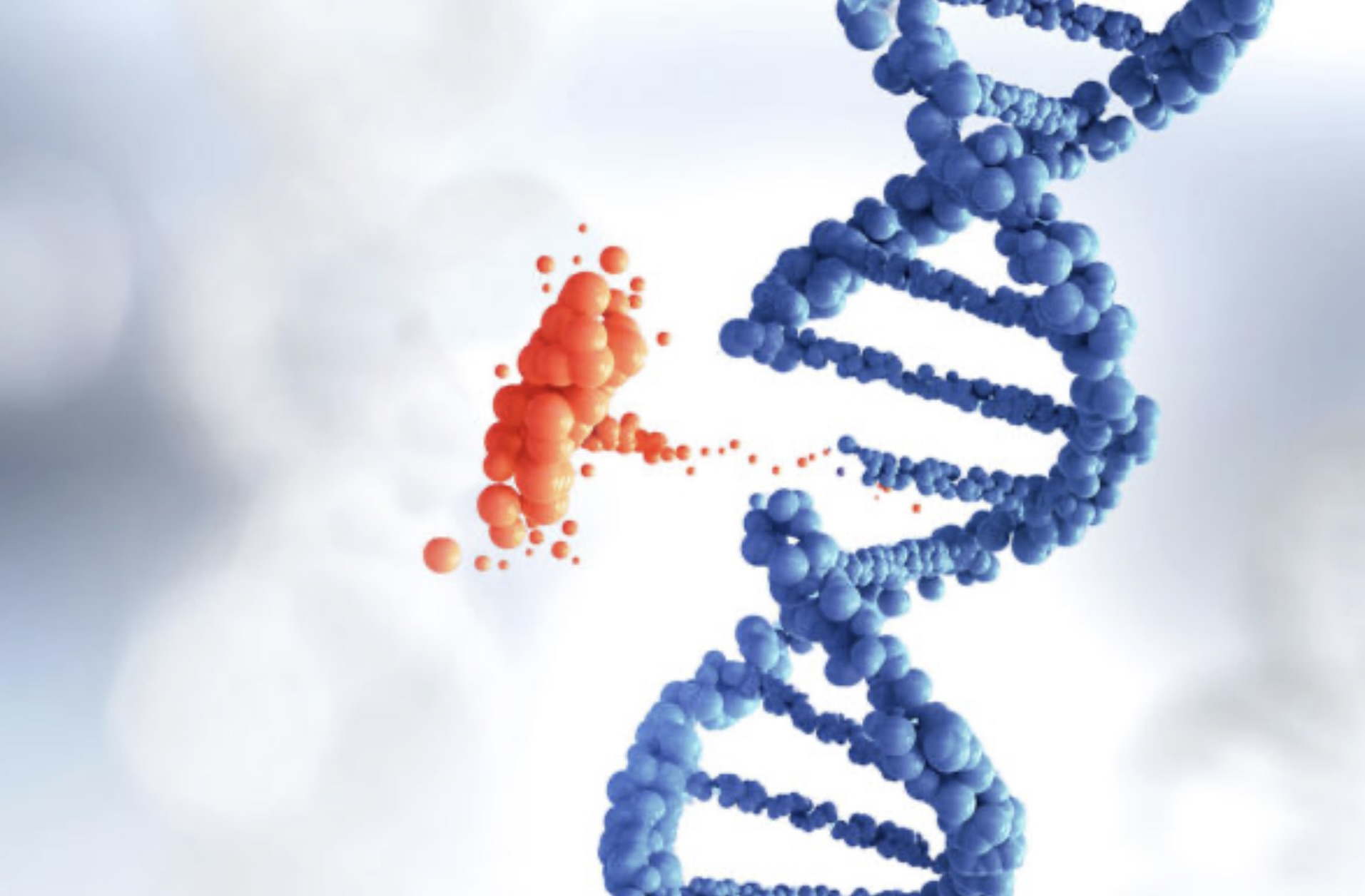Tay-Sachs Disease: Symptoms, Causes, Treatment
What are the symptoms of Tay-Sachs disease?
Tay-Sachs disease is a rare, inherited disorder that affects the nervous system. Symptoms typically appear in infancy and worsen over time. Common symptoms of Tay-Sachs disease include:
- Loss of motor skills: Infants with Tay-Sachs disease may not reach developmental milestones, such as rolling over, sitting up, or crawling, at the expected age.
- Muscle weakness: Babies with Tay-Sachs disease may have weak muscles, making it difficult for them to move or hold up their heads.
- Loss of vision: Children with Tay-Sachs disease may experience vision loss or blindness.
- Seizures: Seizures are common in children with Tay-Sachs disease and may be one of the first noticeable symptoms.
- Intellectual disability: Children with Tay-Sachs disease typically experience a progressive loss of mental abilities, leading to intellectual disability.
- Decreased attentiveness: Children with Tay-Sachs disease may become less attentive or aware of their surroundings.
- Increased startle response: Children with Tay-Sachs disease may be more easily startled or have an exaggerated response to sudden noises or movements.
- Muscle stiffness: Stiffness or rigidity of the muscles may occur in children with Tay-Sachs disease.
- Loss of muscle tone: Children with Tay-Sachs disease may experience a loss of muscle tone, leading to floppy or limp limbs.
- Difficulty swallowing: Swallowing difficulties may occur as the disease progresses.
It’s important to note that symptoms of Tay-Sachs disease can vary widely among affected individuals, and not all symptoms may be present in every case. The severity of symptoms can also vary, with some children experiencing more rapid progression of the disease than others. If you suspect that your child may have Tay-Sachs disease, it’s important to consult with a healthcare provider for proper evaluation and diagnosis.
What are the causes of Tay-Sachs disease?
Tay-Sachs disease is caused by a genetic mutation that affects the production of an enzyme called hexosaminidase A (Hex-A). This enzyme is responsible for breaking down a fatty substance called GM2 ganglioside, which is found primarily in nerve cells in the brain.
In individuals with Tay-Sachs disease, a genetic mutation leads to a deficiency or complete absence of Hex-A enzyme activity. As a result, GM2 ganglioside accumulates to toxic levels in the nerve cells, particularly in the brain and spinal cord. This accumulation damages the nerve cells and interferes with their normal function, leading to the symptoms of Tay-Sachs disease.
Tay-Sachs disease is inherited in an autosomal recessive pattern, which means that a child must inherit two copies of the defective gene (one from each parent) to develop the disease. If both parents carry a single copy of the defective gene, they are considered carriers and are not affected by the disease. When two carriers have a child, there is a 25% chance with each pregnancy that the child will inherit two copies of the defective gene and develop Tay-Sachs disease.
What is the treatment for Tay-Sachs disease?
Unfortunately, there is currently no cure for Tay-Sachs disease. Treatment focuses on managing symptoms and providing supportive care to improve the quality of life for affected individuals. Some approaches to managing Tay-Sachs disease include:
- Symptom management: Medications and therapies may be used to manage symptoms such as seizures, muscle stiffness, and respiratory problems.
- Nutritional support: Specialized diets and nutritional supplements may be recommended to ensure adequate nutrition and prevent complications.
- Physical therapy: Physical therapy can help maintain muscle strength and flexibility, improve motor skills, and prevent joint problems.
- Occupational therapy: Occupational therapy can help individuals with Tay-Sachs disease learn skills to perform daily activities more independently.
- Speech therapy: Speech therapy can help improve communication skills and swallowing function in individuals with Tay-Sachs disease.
- Respiratory support: In advanced cases of Tay-Sachs disease, respiratory support such as oxygen therapy or mechanical ventilation may be necessary to help with breathing.
- Palliative care: As the disease progresses, palliative care may be recommended to help manage pain and other symptoms and provide emotional support to the individual and their family.
It’s important for individuals with Tay-Sachs disease to receive regular medical care and monitoring to address any complications that may arise. Genetic counseling may also be recommended for families affected by Tay-Sachs disease to discuss the risks of passing the condition on to future children. Researchers are actively investigating potential treatments for Tay-Sachs disease, including gene therapy and enzyme replacement therapy, but these approaches are still in the experimental stages.




